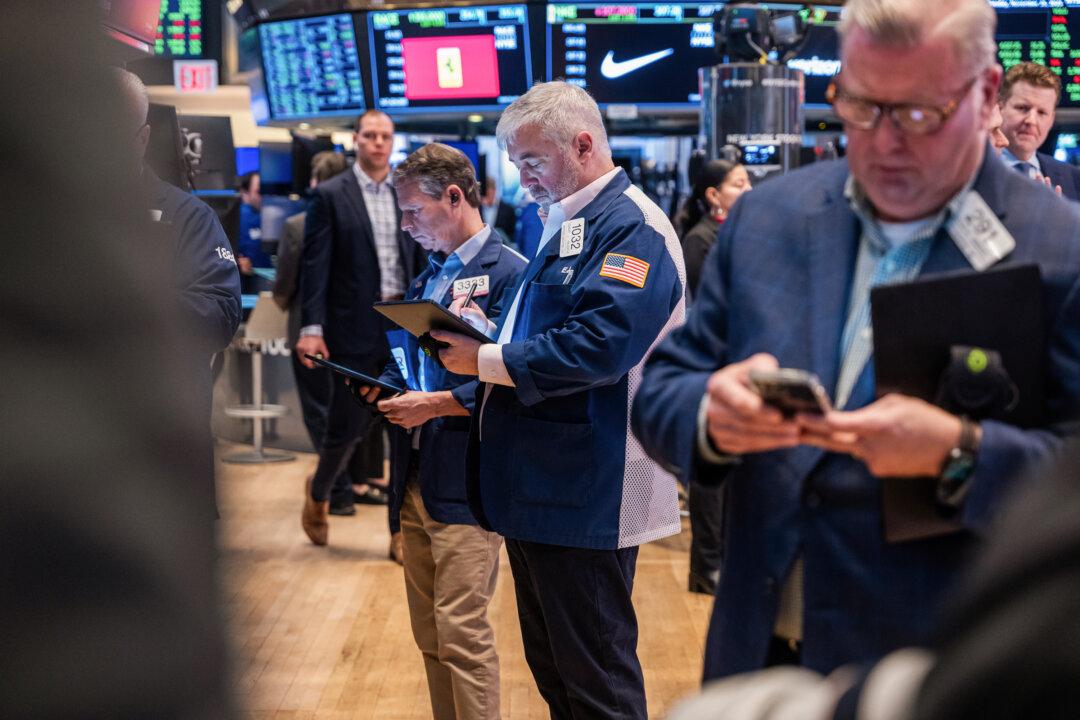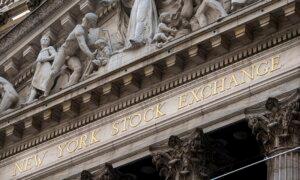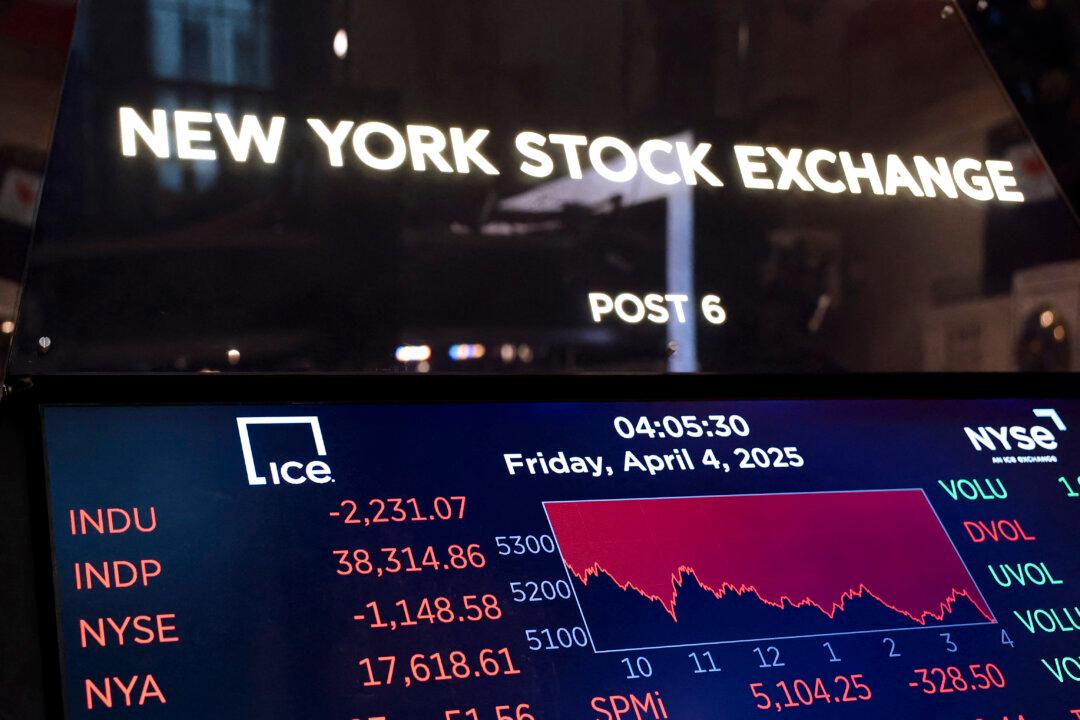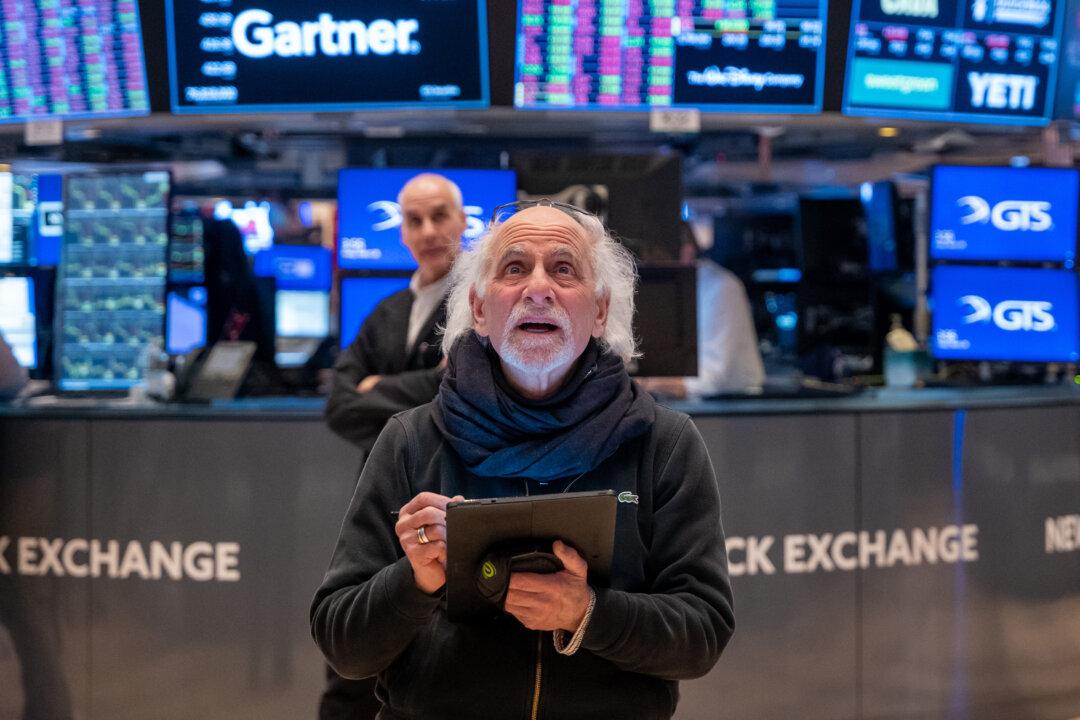The world equity markets ended November with their biggest monthly rally in three years. Optimism comes from better-than-expected inflation figures, expectations of central bank rate cuts, and general acceptance that earnings and economic growth will be weak but acceptable in 2024.
The main challenge for investors in 2024 is to confirm these hopes as trends.
The first problem is believing that inflation will drop magically without any significant effect on growth and ignoring monetary aggregates.
Inflation is falling because of the significant decline in money growth, and this means an abrupt slump in liquidity, a weaker economy, and financial conditions worsening.
Broad money (M3) growth was down by 0.9 percent in the United States year to date to September, according to data compiled by the Institute of International Monetary Research. In the eurozone, broad money growth was negative 1 percent, according to the European Central Bank.
The United States will need to refinance $7 trillion of maturities in a declining broad money economy, and this means a massive vacuum effect, a giant liquidity drain that hardly justifies multiple expansions and bullish sentiment.
Market participants can’t expect the Federal Reserve to implement massive rate cuts or even a quantitative-easing program in the middle of an election year. Furthermore, even if the Fed cuts rates, the effect is likely to be negligible compared to a $7–10 trillion liquidity drain, which is the equivalent of the refinancing required by the United States and other major governments in 2024.
Trusting in multiple expansions is concerning because, to achieve that, markets would need to count on rising liquidity, not a reduction.
The S&P 500 index trades at a price-to-earnings (P/E) ratio of 18.8 times, if you believe the more than cheerful expectation of adjusted earnings growth for 2024 of 13.42 percent and a dividend yield of 1.61 percent. This implies an enterprise value to earnings before interest, taxes, depreciation, and amortization of 14.18 times, 2.4 times price to book (P/B), driven by tech mega-caps.
Europe looks cheap. However, that’s because of the difference in composition. The European stock market lacks the technology giants’ weight of the U.S. indexes, and its largest components are mature, low-growth stocks. Still at 12.8 times P/E, 1.85 times P/B seems like a steep valuation to accept for utilities, banks, and mature industries, many of which have a poor track record of value destruction. Most stock markets aren’t cheap and need a positive earnings surprise as well as rising liquidity to continue the bullish trend. None of those are likely.
In a scenario of liquidity drain, investors need to go back to fundamentals and pick the stocks that will keep margins and growth in a weak economy but not bet on multiple expansion.
Market optimism is based on the idea that the unprecedented liquidity drains and declines in monetary aggregates will have no effect on earnings, margins, access to capital, or economic growth.
The only bullish argument that’s often repeated is that central banks will act quickly if markets and economic figures deteriorate. That may be the case but not as quickly as market participants may desire and certainly not in the size required to offset the monetary aggregate slump.







